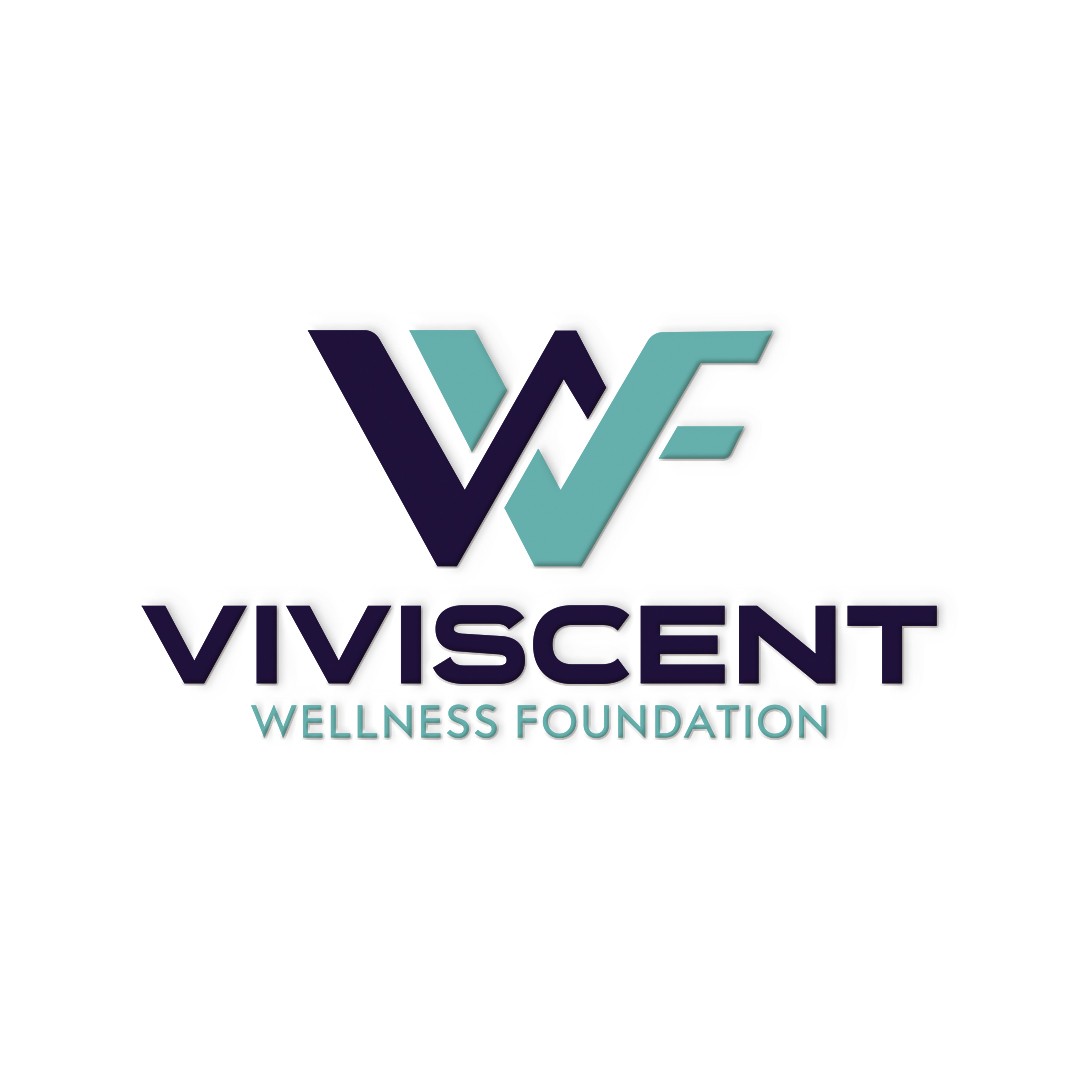White Paper
Title:
Regenerating Rural America: A Hemp-Based Blueprint for Sustainable Housing and Economic Growth
Abstract:
This white paper examines the Viviscent Wellness Foundation’s (VWF) innovative initiative to use hemp-based construction as a catalyst for revitalizing distressed communities along Alabama’s I-22 Corridor. By addressing the affordable housing shortage, improving community infrastructure, and fostering economic development, this scalable model promises substantial social and economic benefits. Partnering strategically with entities like the U.S. Hemp Building Association (USHBA), VWF aims to set a national precedent for sustainable, community-driven rural development.
I. Introduction
Rural and post-industrial towns across America face significant economic and social challenges, including severe shortages of affordable housing, deteriorating infrastructure, and limited economic opportunities. The urgency of addressing these issues has escalated due to climate-related damages and the neglect of veterans, seniors, and low-income populations. This paper outlines a viable solution using sustainable hemp-based construction as a foundation for revitalization.
II. Background and Relevant Industry Data
The rural housing crisis has reached critical levels. According to the National Low Income Housing Coalition (NLIHC, 2024), there are 7.3 million extremely low-income renter households in the U.S. that cannot find affordable housing. Currently, only 36 affordable homes are available per 100 extremely low-income renters. Additionally, rural counties have experienced a 37% increase in housing cost burdens from 2010 to 2023 (NLIHC, 2024).
(Insert Graph: Housing Crisis Graph)
These stark statistics highlight the urgency of finding sustainable, scalable housing solutions.
III. Proposed Solution: The I-22 Corridor Model
VWF’s initiative in Carbon Hill, Alabama, demonstrates a proven model:
- Redeveloping over 100 storm-damaged lots
- Creating “Hope on Second,” a modular container home village featuring hemp-based construction
- Providing comprehensive wraparound services: trauma recovery, workforce training, addiction recovery, and veteran support
- Promoting community engagement and local partnership with churches and small businesses
Impact Metrics:
- Supporting approximately 120 residents, including 35+ veterans
- Projected development of 250+ new housing units over 24–36 months
- Estimated creation of 60–80 direct jobs in Phase 1
(Insert Image: Conceptual Renderings of “Hope on Second”)
(Insert Graph: Job Creation Projection)
References:
- U.S. Department of Agriculture. (n.d.). Rural Development Initiatives. Retrieved from https://www.rd.usda.gov/programs-services
- U.S. Department of Housing and Urban Development. (n.d.). Rural Housing and Economic Development. Retrieved from https://www.hud.gov/hudprograms/rhed
IV. Targeted Counties and Communities
Walker County:
- Key areas: Carbon Hill, Eldridge, Spring Hill (vicinity of Nauvoo)
- Challenges: Severe storm damage, housing shortages, economic stagnation
- Opportunities: Veteran-focused redevelopment, job creation, community-driven rebuilding
Marion County:
- Key areas: Guin, Gu-Win, Winfield, Brilliant, Tupelo
- Challenges: Economic vulnerabilities, aging infrastructure
- Opportunities: Hemp-based housing, economic and agricultural development, resilience enhancement
Fayette County:
- Key areas: Glen Allen, Winfield (partial)
- Challenges: Rural isolation, lack of affordable workforce housing
- Opportunities: Sustainable senior housing, workforce development, agricultural innovation
(Insert Image: Community Map of Counties)
V. Benefits and Implications of Hemp-Based Construction
Utilizing hemp-based materials offers multiple compelling benefits:
- Carbon sequestration and climate resilience
- Superior fire, mold, and pest resistance
- High energy efficiency, resulting in lower maintenance costs
- Local economic stimulation through domestic production
Environmental Performance:
- Hempcrete captures 15–22 lbs. CO₂ per cubic foot
- Insulation R-value between 3.5–4.0 per inch
- Reduces indoor humidity by up to 30%
(Insert Graph: Environmental Benefits Comparison)
(Insert Image: Hempcrete Construction Process)
References:
- U.S. Hemp Building Association. (n.d.). Technical Guides. Retrieved from https://ushba.org/resources
- U.S. Department of Energy. (n.d.). Better Buildings Solution Center. Retrieved from https://betterbuildingssolutioncenter.energy.gov
- ScienceDirect. (2020). Carbon Sequestration Potential of Hempcrete. Retrieved from https://www.sciencedirect.com/science/article/abs/pii/S0959652620323876
VI. Economic and Social Benefits
The economic and social advantages include:
- Creation of local employment opportunities
- Strengthening regional hemp markets
- Enhancing community resilience through procurement and training
- Facilitating veteran transition into skilled trades and homeownership
Economic Data:
- Average construction cost: $90–$125/sq ft, 15–25% less than traditional methods
- Anticipated ROI: 12–18%
- Projected $10–12 million regional economic activity (Carbon Hill Phase 1)
(Insert Graph: Economic Impact Breakdown)
References:
- National Low Income Housing Coalition. (2024). The Gap. Retrieved from https://nlihc.org/gap
- U.S. Department of Labor. (n.d.). Workforce Innovation and Opportunity Act (WIOA). Retrieved from https://www.dol.gov/agencies/eta/wioa
- National Association of Home Builders. (n.d.). Modular and Offsite Construction. Retrieved from https://www.nahb.org/
VII. Conclusion and Call to Action
The Viviscent Wellness Foundation invites strategic partners, policymakers, industry leaders, and community stakeholders to collaborate in scaling this transformative hemp-based housing initiative. Together, we can significantly enhance the quality of life for underserved communities, drive sustainable economic development, and establish a replicable national blueprint for rural revitalization.
(Insert Image: Community Engagement Activities)
Key Takeaways:
- Hemp-based housing offers tangible environmental, economic, and social benefits
- A proven, scalable model in Carbon Hill sets a standard for broader replication
- Strategic partnerships are essential to scaling impact nationwide
Contact:
Kevin Edmundson
kevinedmundson@viviscent.com
https://www.viviscentwellnessfoundation.org
Zoom: https://scheduler.zoom.us/vwf





0 Comments